
Anxiety in Children: A Parents’ Guide to Support and Respond
According to the Government of Ontario, around 1 in 5 children and youth experienced mental health challenges in Ontario. Approximately 70% of mental health issues start in childhood or adolescence. Early identification and intervention by health professionals, parents, teachers and caregivers are crucial for supporting children and youth with anxiety, enhancing their mental health, academic success, and family dynamics, and helping them to thrive.
This article introduces the most commonly discussed anxiety disorders in children and youth, its various forms, and practical strategies for parents, with a focus on family therapy and support services available at Grace Health Centre in Ontario.
What is Anxiety in Children?
As mentioned in the article: Child Anxiety vs. Worry: How to Tell the Difference, anxiety in children is characterized by persistent, excessive worry or fear that interferes with daily activities. Go check out more details!
The most commonly Discussed Anxiety Disorders in Children and Youth in Canada
Referring to study and report from Canadian Paediatric Society, Statistics Canada, and the Canadian Mental Health Association (CMHA), the most common anxiety disorder are: (1) General Anxiety Disorder, (2) Social Anxiety Disorder (Social Phobia), and (3) Separation Anxiety Disorder among children and youth. Keep reading to learn more about Anxiety Disorders.
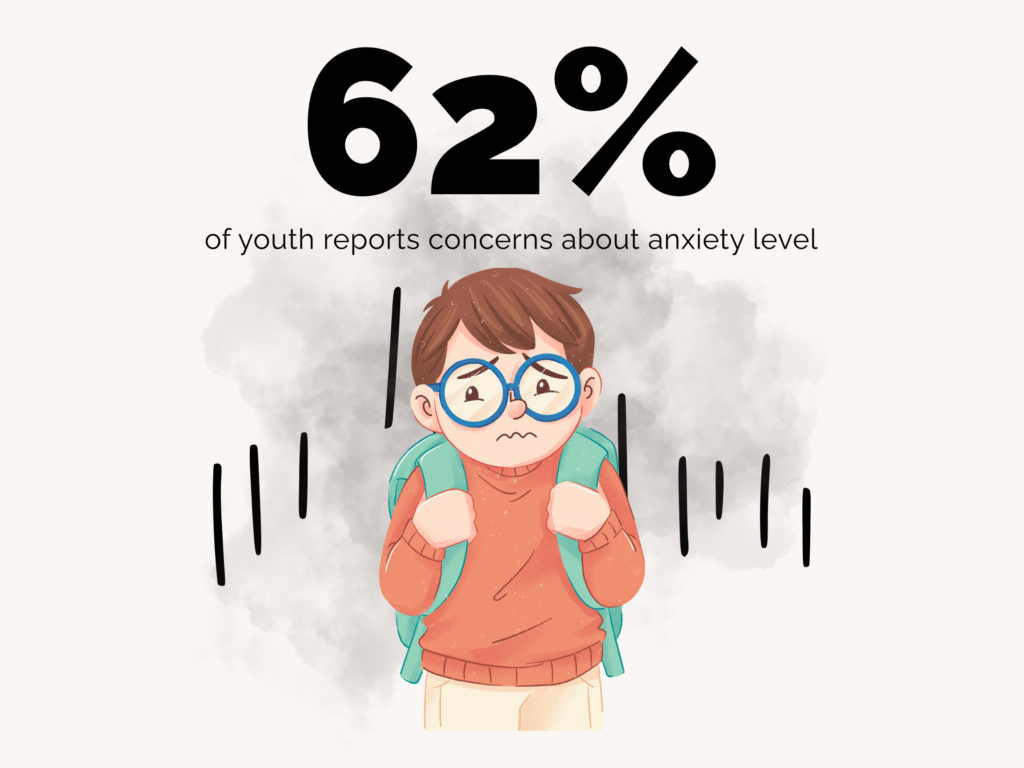
General Anxiety Disorder (GAD)
According to the report by Statistics Canada in 2019, it shows that Anxiety disorders are the most common mental health concerns affecting Canadian children and adolescents, with about 7.4% of youth aged 12-17 diagnosed with an anxiety disorder in 2019. Canada Mental Health Organization also conducted a report showing that 62% of youth report concerns about anxiety levels in Ontario, result showed that mostly due to the chronic nature and impact on school performance
Social Anxiety Disorder (Social Phobia)
Social Anxiety Disorder involves intense fear of being judged or embarrassed in social situations, leading to avoidance of social events or school activies. A survey conducted by Statistics Canada in 2019, showed that children and youth reported anxiety disorders, including social anxiety, affecting 7.4% of youth aged 12-17, with social anxiety being a key contributor due to its association with school avoidance and peer-related stress. In the post Pandemic era, children and youth will need to adapt to a new social environment.
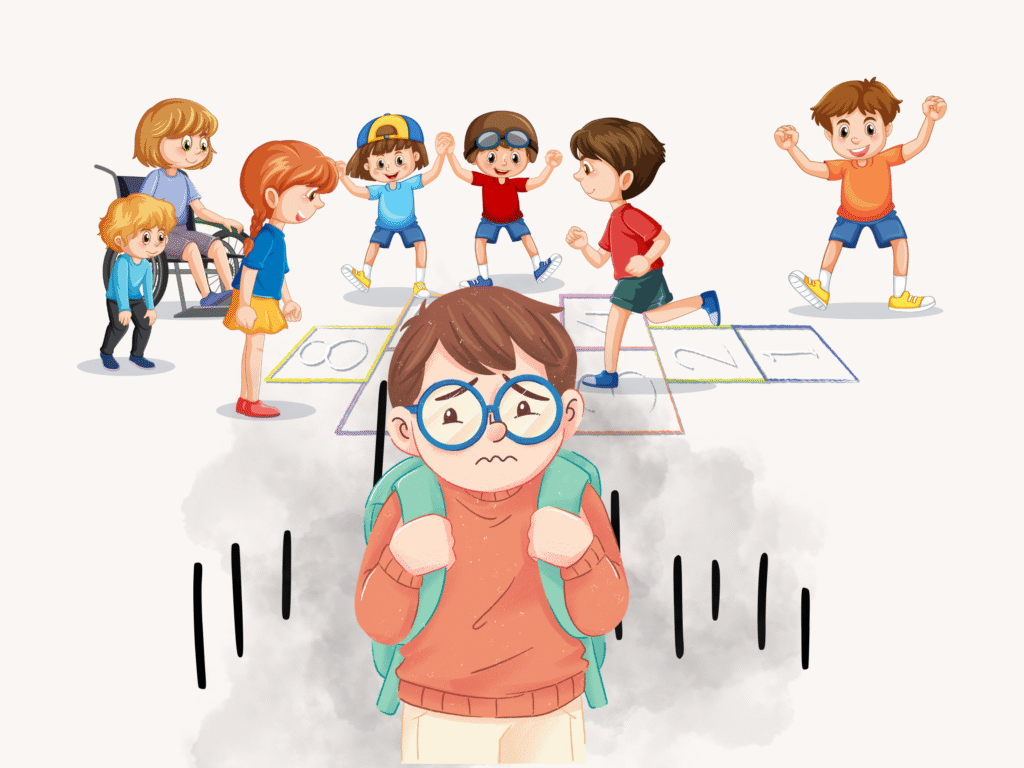
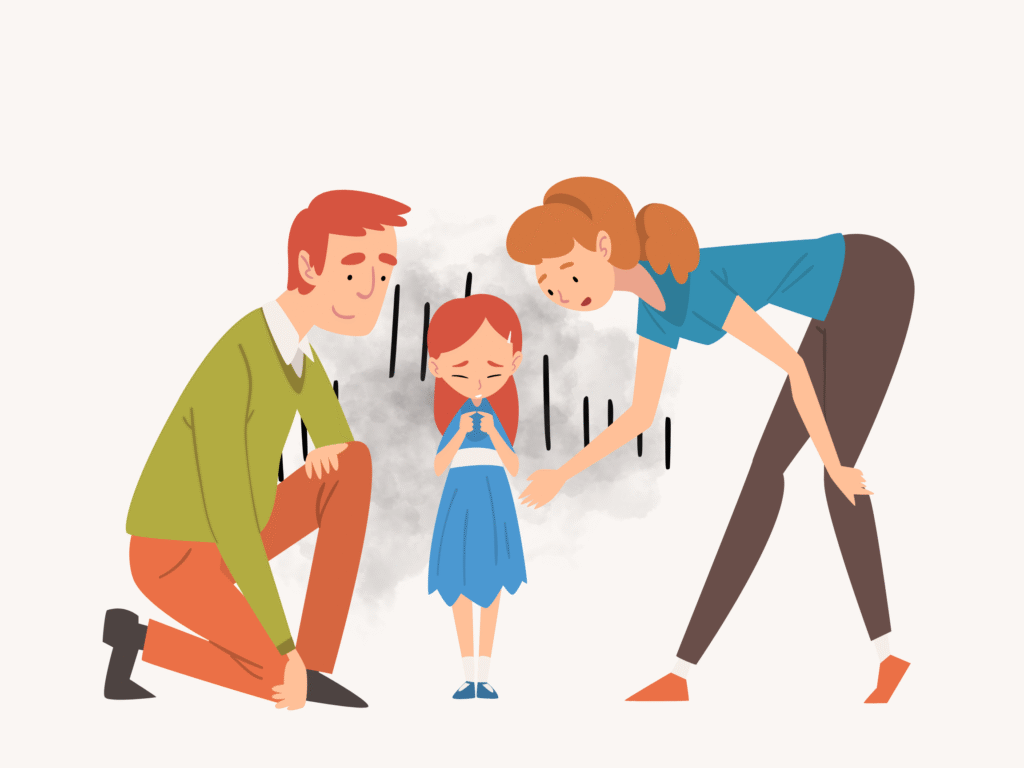
Separation Anxiety Disorder
Separation Anxiety Disorder involves excessive fear of being separated from parents or caregivers, often leading to clinginess, refusal to attend school or social events, even physical complaints like stomach aches or headaches. It is common in preschool and early school-aged children. It is not worrying until children’s behaviour and emotional demand exceeds expected developmental stages, affecting school attendance, social engagement and family dynamics.
Parenting Children with Anxiety
Parents play a critical role in helping children manage anxiety. Drawing on evidence-based resources, such as Anxiety Canada and Anxiety in Children (Transcultural Mental Health Centre & The Children’s Hospital at Westmead, 2002). This guide outlines practical strategies to support your child effectively.

Foster Open Communication
- Create a judgement-free environment where your child feels safe sharing their worries. To ask questions like, “what has been bothering you recently?”. To encourage them to express feelings, a child with separation anxiety might reveal fears of being alone, helping you address their concerns.
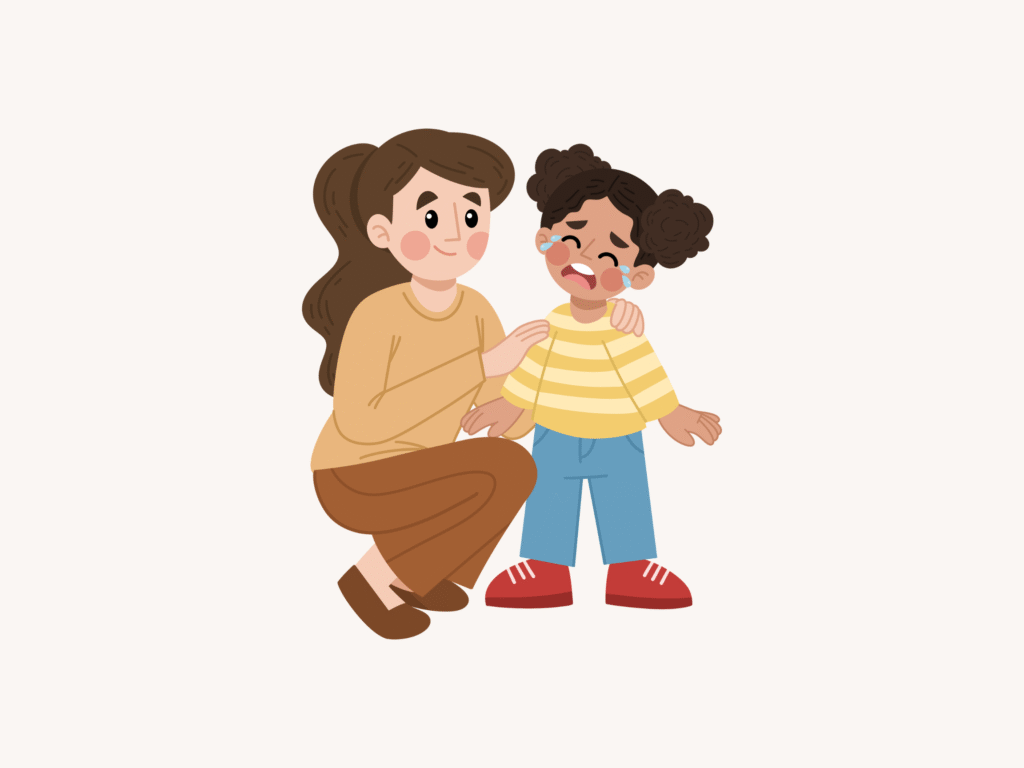
Affirm Children’s Emotions
Recognise child’s anxiety as valid, even if the cause seems minor or small to you. Saying, “I can see how overwhelming this feels to you”, builds trust. Avoid downplaying their fears or pushing them into situations that scare them, as this can worsen anxiety.

Introduce Coping Strategies
Teach simple methods like deep breathing or muscle relaxation. (Link to Mindfulness Techniques for Stress Relief GHC blog) For example, you can practice with children how to take slow, steady breaths to manage anxiety, which can help symptoms of panic disorder or social anxiety.
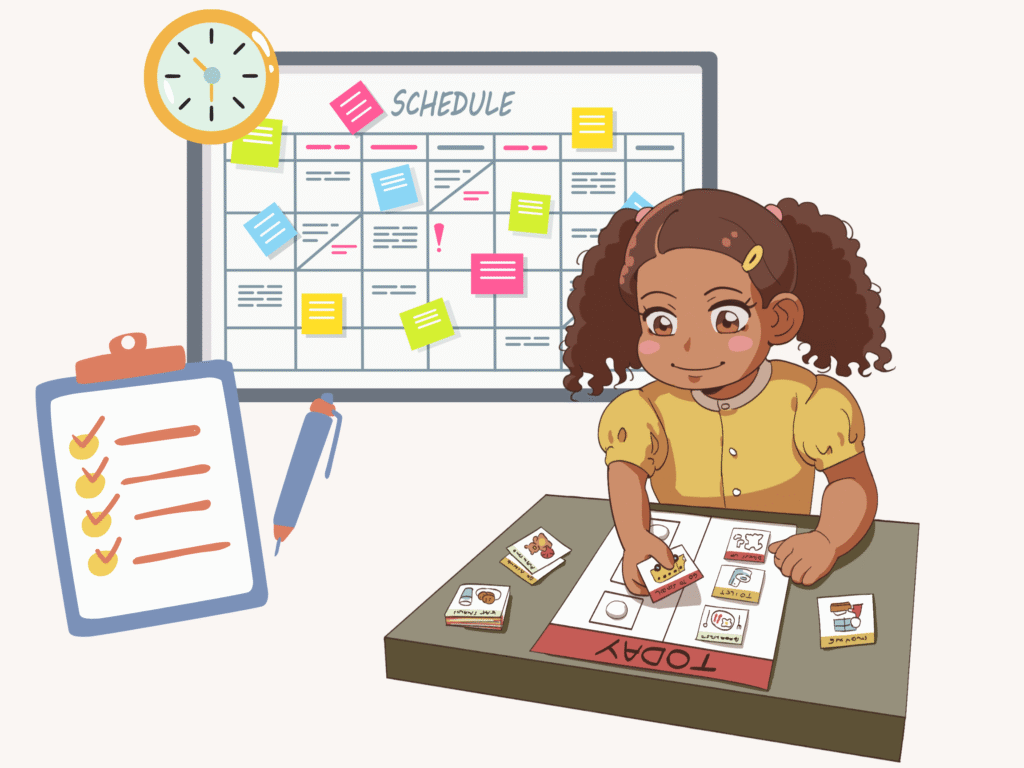
Maintain Consistent Routines
Regular schedules help reduce unpredictability, easing generalized anxiety or separation anxiety. For instance, a steady bedtime routine can provide a sense of security for children.
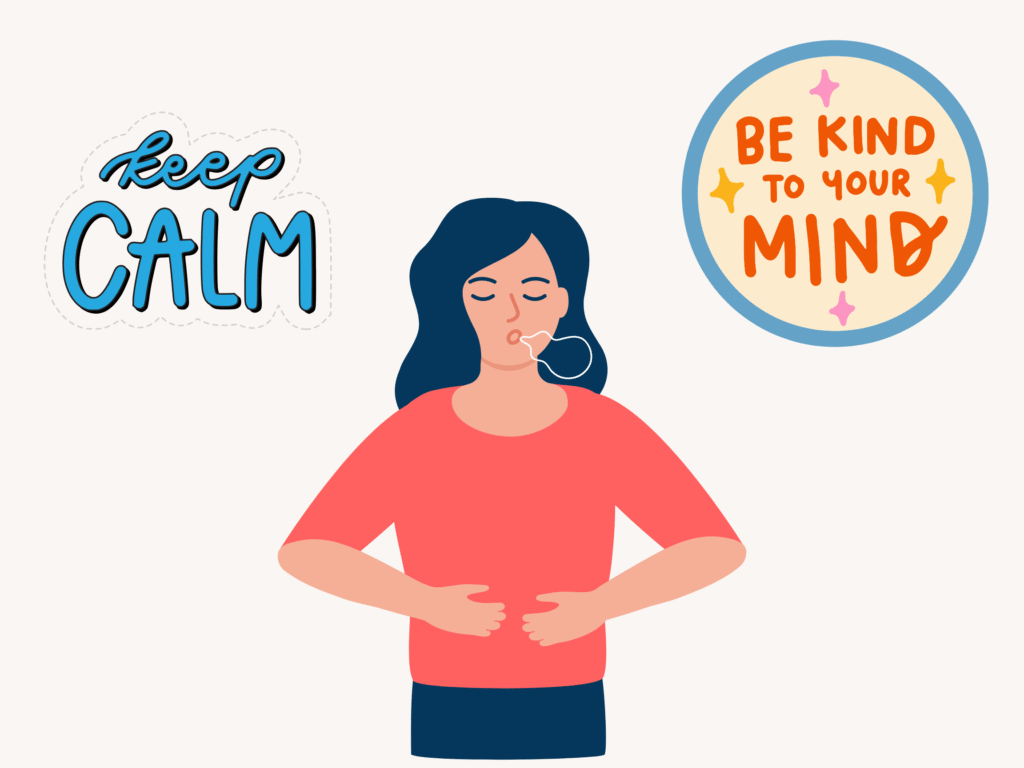
Exhibit Positive Behaviour
Kids often mimic their parents’ reactions. Learning techniques to regulate emotions and anxiety will help you show calm and composed responses to stress, as your anxious tendencies influence children particularly those with generalized anxiety disorder or social anxiety.
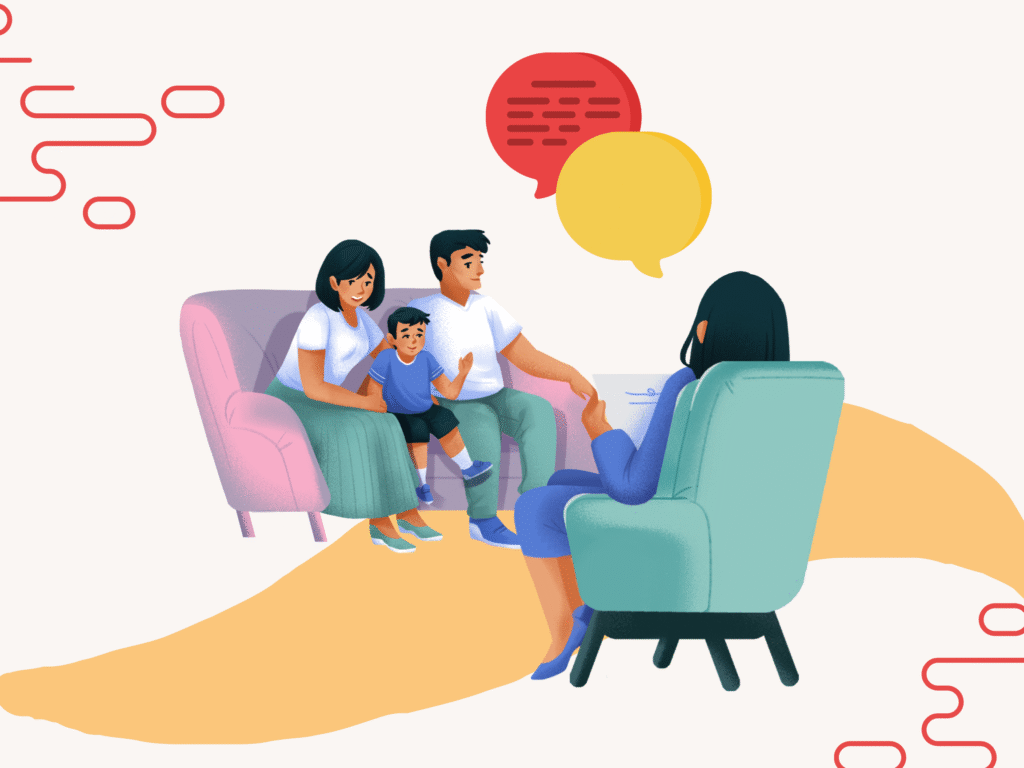
Work with School Social Worker
Work with teachers and school counsellors to arrange supports, such as extended test time, to assist children with social anxiety or selective mutism in school settings.
There are a range of resources to support children with anxiety and their families:
- Grace Health Centre Family Therapy Services: Grace Health Centre provides family therapy tailored to anxiety disorders, helping families develop strategies to manage symptoms and strengthen relationships. Check out for more! (Link to getting started)
- Kids Help Line: A 24/7 free service offering phone and online counseling for children and youth.
- Anxiety Canada: Offers free online resources, including toolkits and apps like MindShift CBT, designed for youth with anxiety.
- Canadian Mental Health Association (CMHA) Ontario: Provides community-based mental health programs and referrals.
- School Counsellor: Many Ontario schools have counselors or social workers who can provide support or connect families to local resources. Contact your child’s school for details.
Understanding and supporting a child with anxiety is a journey that requires patience, empathy, and proactive steps. By recognizing the signs of anxiety, exploring its various forms, and implementing strategies like open communication and coping skills, parents can help their children navigate their fears. Contact your family physician if your child is struggling with anxiety and any other mental health challenges, talk to school counselors or seek professional help from Grace Health Centre for family therapy, we are here to help.
*Disclaimer: The information in this blog post is for educational and informational purposes only and is not intended as medical advice. Should you have been struggling any emotional or mental health challenges and would like to seek professional helps, please talk to your family physician, or professionals like Registered Social Worker or Registered Psychotherapists.
Reference:
American Psychiatric Association. Diagnostic and Statistical Manual of Mental Disorders: DSM-5. 5th ed. Arlington, VA: American Psychiatric Association, 2013.
Anxiety Canada. Youth: Anxiety 101. Vancouver, BC: Anxiety Canada, n.d. https://www.anxietycanada.com/learn-about-anxiety/youth-anxiety-101/.
Canadian Paediatric Society. Mental Health and Developmental Disabilities: Anxiety Disorders in Children and Youth. Ottawa, ON: Canadian Paediatric Society, 2023. https://cps.ca/en/documents/position/anxiety-disorders.
Transcultural Mental Health Centre and The Children’s Hospital at Westmead. Anxiety in Children (Chinese). Westmead, NSW: The Children’s Hospital at Westmead, /2002.
Farrah, Kelly, and Sonya Norris. “Youth and Mental Health in Canada.” HillNotes, Library of Parliament, November 17, 2022.
Children’s Mental Health Ontario. “Facts & Figures.” Children’s Mental Health Ontario, April 7, 2020.








